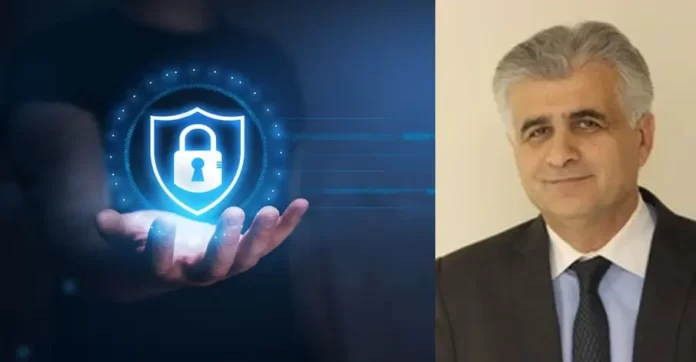
Strategic Relevance
Information security encompasses multiple layers, extending beyond technology alone. Ecosystem ownership, patents, regulations, laws, directives, cyber strategies, processes, standard operating procedures, best practices, and cyber diplomacy are equally significant but often overlooked. Huawei aims to provide a fresh approach to cybersecurity and national digital sovereignty, complying with national legislations and taking a responsible attitude within the legal context of security. Supporting national data sovereignty is central to their strategy.
Challenges & Opportunities
- Security challenges in 5G: New services, architectures, and technologies in 5G bring unique security risks. User privacy requirements further complicate the situation. Despite these challenges, 5G is regarded as the most secure telecommunications standard.
- Operator responsibility: Operators play a vital role in managing wireless and core networks, computing resources, and user data. Their responsibility is crucial for ensuring asset security.
- Wireless network attacks: Hackers aim to infiltrate wireless networks, compromising availability and tampering with personal data. Protecting against these attacks is crucial for safeguarding user information.
Future Trends
In terms of future trends in 5G and cybersecurity, Huawei strongly advocates for globally recognized and agreed-upon cybersecurity standards. They emphasize that trust should be built on verifiable facts and common standards. Certification is seen as the most effective approach to address security concerns. It ensures that everyone interprets standards consistently, promoting interoperability. This allows equipment from different vendors to seamlessly work together.
Best Practices & Key takeaways
While 5G brings new services, architectures, and technologies, it also presents security challenges. However, 5G is considered the most secure telecommunications standard to date. Wireless and core networks, computing resources, accounts, passwords, logs, configurations, and charging data records (CDRs) are operated and maintained by operators, not equipment vendors. Collaboration between vendors and operators, following 3GPP specifications, strengthens the security of wireless networks and makes it more difficult for hackers to compromise data and network availability.






